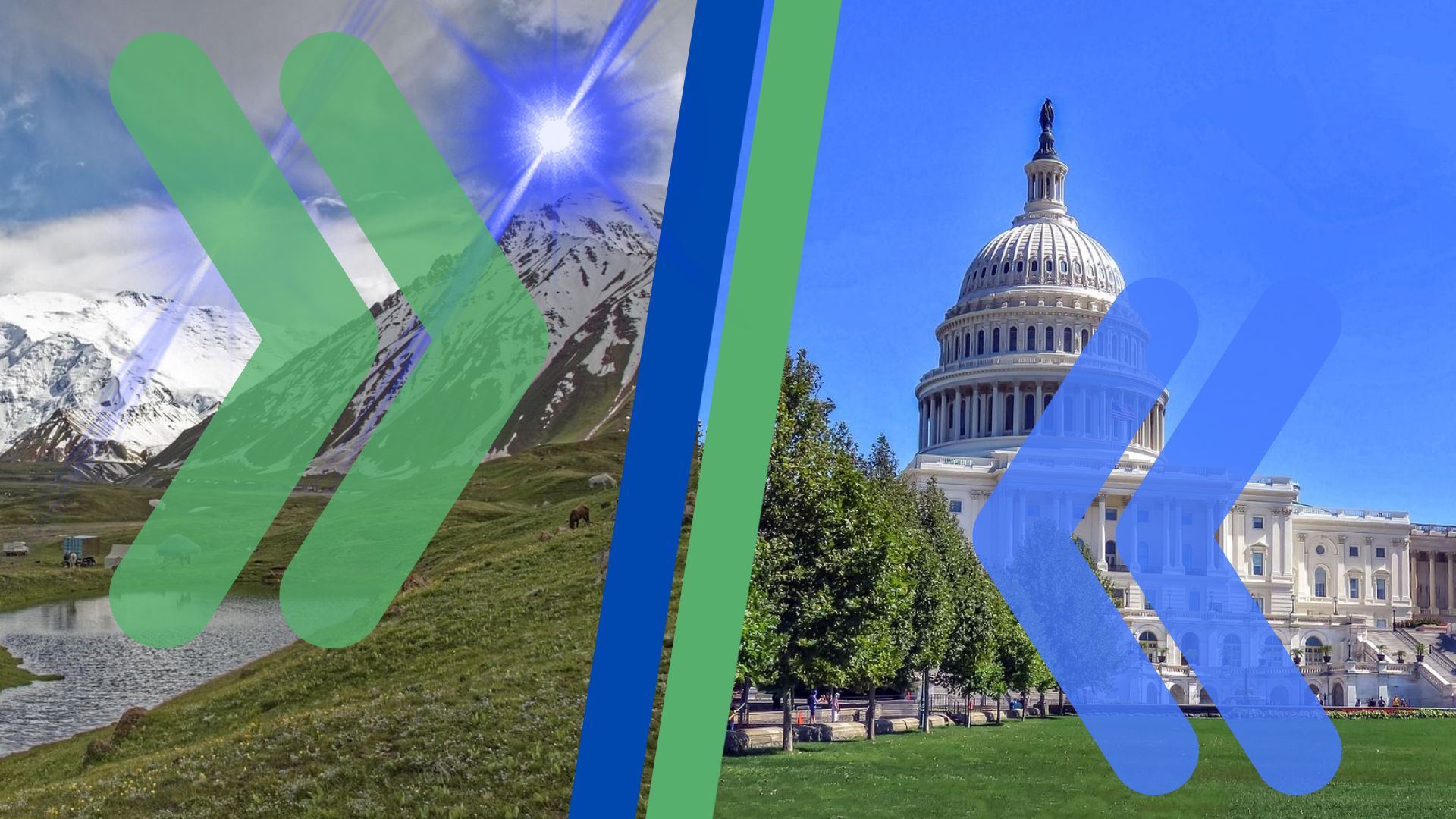As the global race for critical minerals heats up, the United States is seeking to shift away from its heavy reliance on China for the resources essential to defense, technology, and energy sectors. China’s dominance in the refining and processing of these minerals—vital for everything from high-tech electronics to renewable energy—has made the U.S. vulnerable to geopolitical risks and supply chain disruptions. But new opportunities are emerging in unexpected regions that could help break the U.S. free from this dependence: the Caucasus, Central Asia, and Ukraine.
The Trump administration, aware of China’s strategic chokehold over critical minerals, prioritized diversifying the U.S. supply chain—a stance that is likely to continue under the new administration. These regions, rich in untapped reserves of rare earths and other vital minerals, offer not only a wealth of resources but also a unique geopolitical advantage. With countries like Kazakhstan, Ukraine, and Tajikistan actively courting foreign investment and pursuing economic reforms, the door is open for the U.S. to forge new, mutually beneficial partnerships.
China’s stranglehold over the global mineral market is a critical concern. By controlling 90% of the world’s rare earths and 100% of graphite, Beijing can exert enormous influence on global supply chains, even leveraging these resources as political weapons. The U.S. already imports more than half of its critical mineral needs, and recent export controls imposed by China on key materials like germanium and gallium underscore the dangers of such a concentrated supply chain. Washington’s efforts to reshore mining capabilities and diversify suppliers must now include these promising regions, which offer not only raw materials but also logistical advantages for getting those materials to market.
Why the Caucasus, Central Asia, and Ukraine? These regions are sitting on vast, largely unexplored reserves of rare earths and other minerals crucial for industries like defense, aerospace, and green energy. Kazakhstan, for instance, is already the world’s largest producer of uranium and has rich deposits of titanium, zinc, and gold. Ukraine boasts one of Europe’s largest titanium reserves, essential for defense and aerospace manufacturing. Countries like Kyrgyzstan and Tajikistan are also rich in resources like antimony, with U.S. companies already involved in extraction projects.
Geopolitically, these regions hold a unique position at the crossroads of Europe, Asia, and the Middle East, making them ideal transit points for minerals destined for global markets. The rise of the Middle Corridor, a new trade route that bypasses Russia and China, has further solidified the Caucasus and Central Asia as key players in the global mineral supply chain.
But to capitaliыe on this opportunity, the U.S. must support infrastructure development, technology transfer, and logistical cooperation to make these regions more competitive and sustainable. American firms have the expertise and resources to help modernize outdated mining practices, improve environmental standards, and boost efficiency, while the U.S. government can facilitate partnerships through funding and diplomatic support.
These partnerships could offer a major strategic advantage, reducing U.S. reliance on Chinese mineral processing and strengthening regional stability through investment. In a world where mineral access is increasingly weaponized, this diversification effort could secure vital resources for the U.S. economy and defense sector, ensuring greater global resilience in the face of geopolitical tension.
As tensions with China escalate, the U.S. has no choice but to look beyond traditional suppliers. By investing in these resource-rich regions, the U.S. not only reduces its dependency on Beijing but also helps foster stability and economic growth in countries eager to diversify their own economies. The next chapter of the critical minerals race may well be written in the mountains and plains of Central Asia, the Caucasus, and Ukraine—regions once overlooked but now poised to play a key role in the global supply chain.
